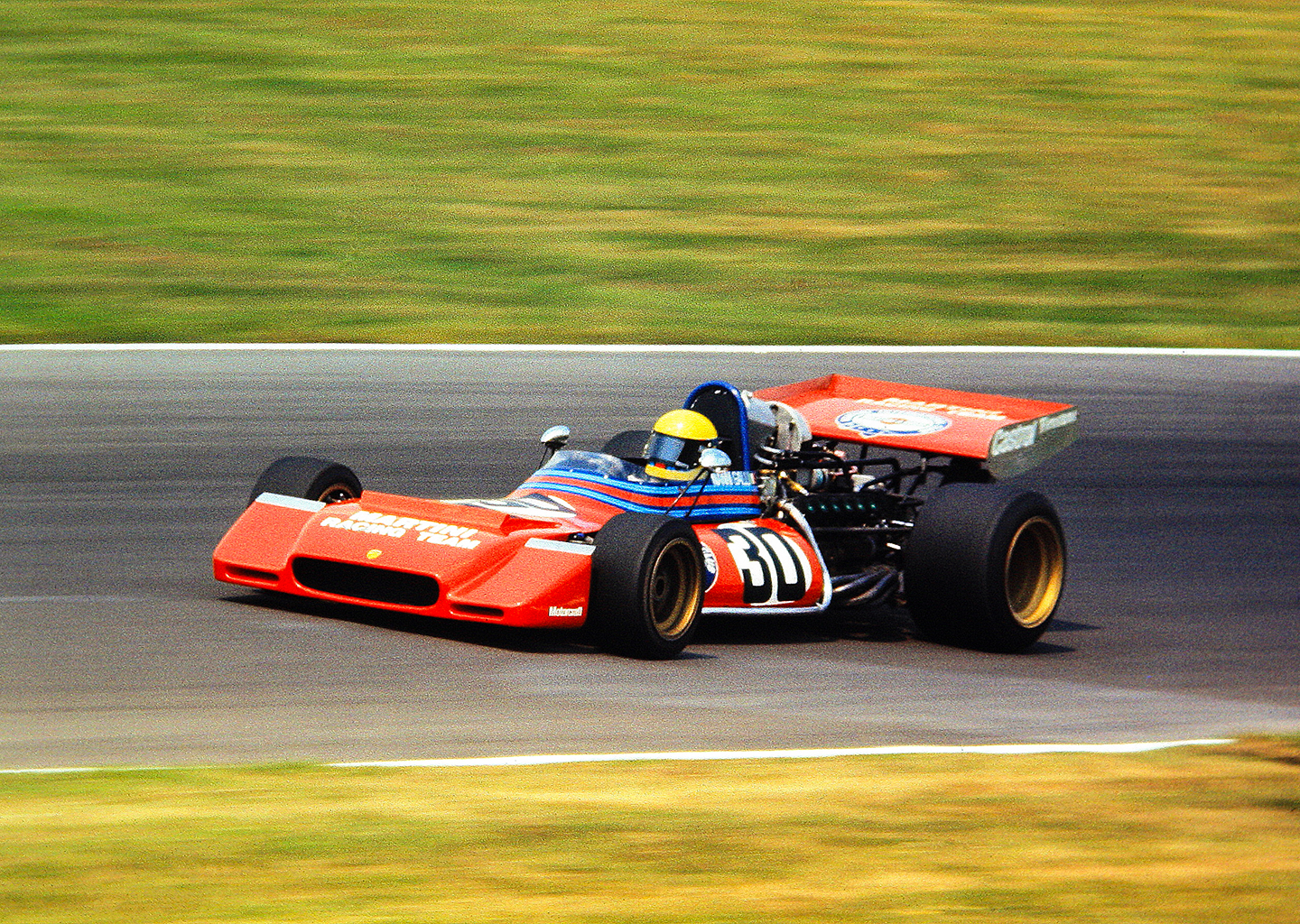Forgotten Legends
Tecno
Photo credit: Wheelsage, Archivio Picchi, Auto Italiana
Passion and curiosity combined to write the highly successful chapters of the Italian brothers Gianfranco and Luciano Pederzani, whose story lasted just over 10 years and was crowned by Clay Regazzoni’s victory in the F2 European Championship.
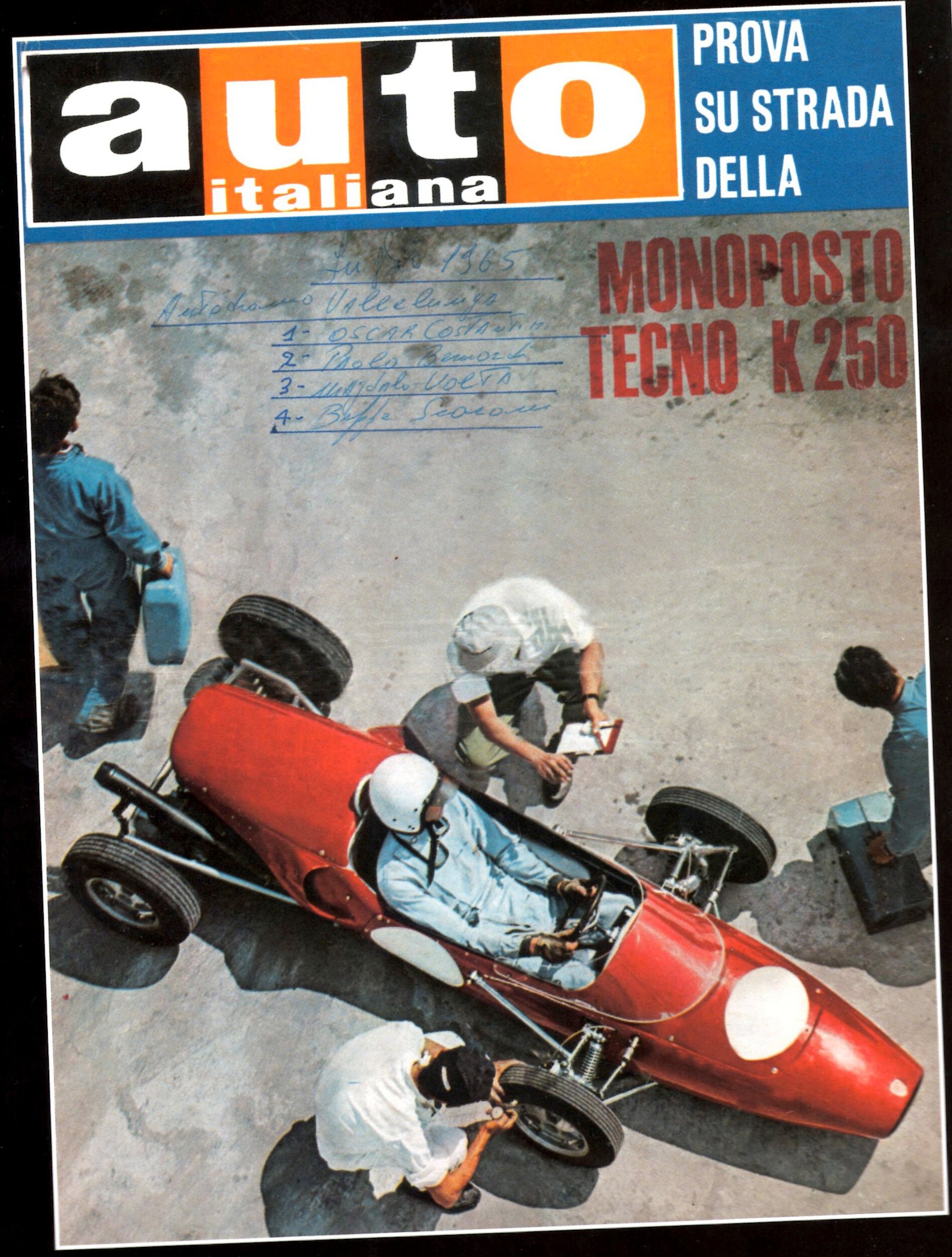
Originally from Bologna and owners of a company in the hydraulics sector, they were drawn towards the world of racing and were driven by a pragmatism that made them move quickly and decisively, taking them on an incredible journey from small karts all the way up to Formula 1.
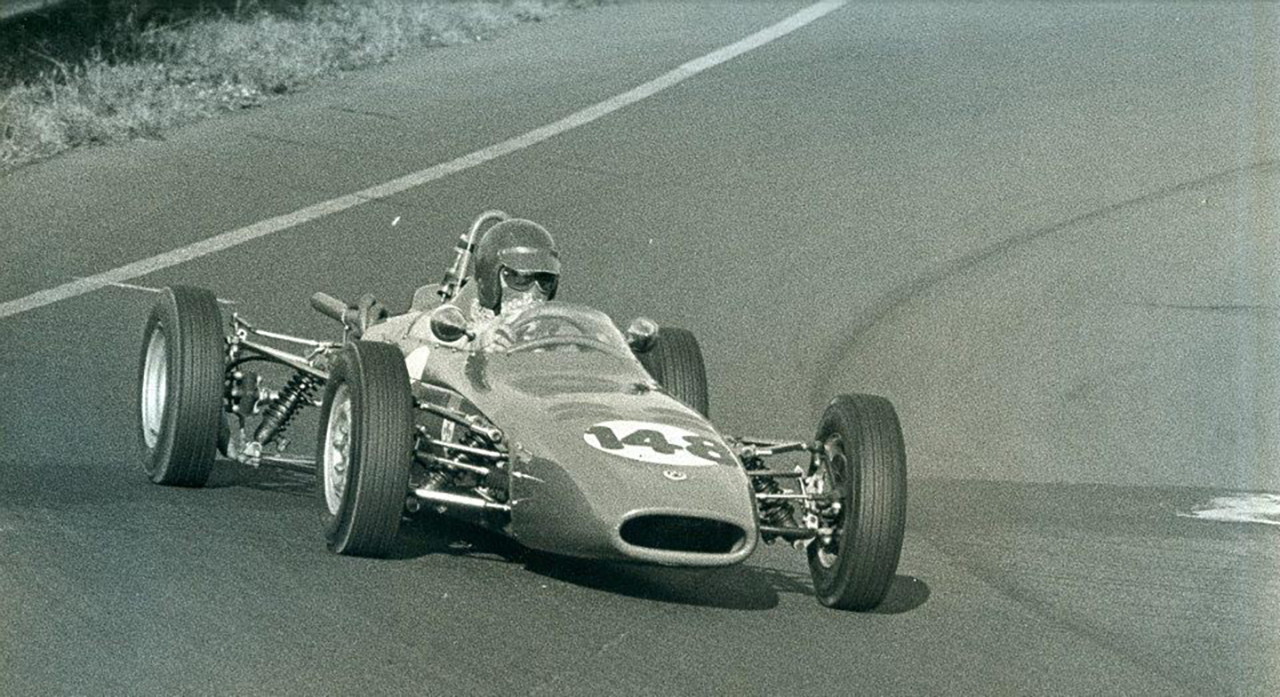
They created Tecnokart, which immediately made a name for itself for the originality of the design and for the excellent performance, winning the World Championship category three years in a row.
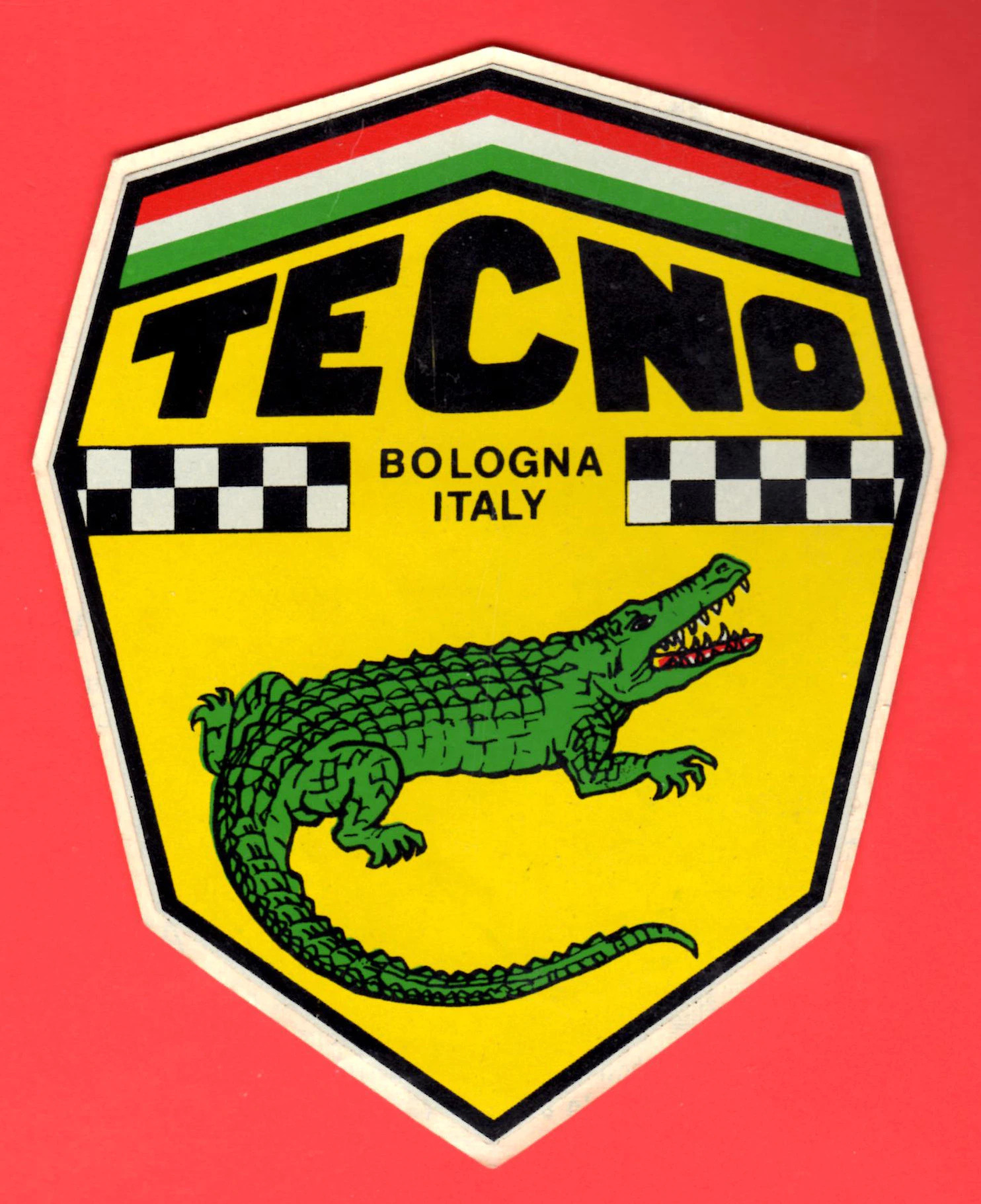
Experience taught them that young talent needs to compete in all the stages to get to Formula 1, and so they decided to take a further step, creating a single-seater car powered by a 250cc Ducati single-cylinder engine, conceptually similar to the British F3 that used a Norton engine. But it was not enough to qualify for the great racing circuits.
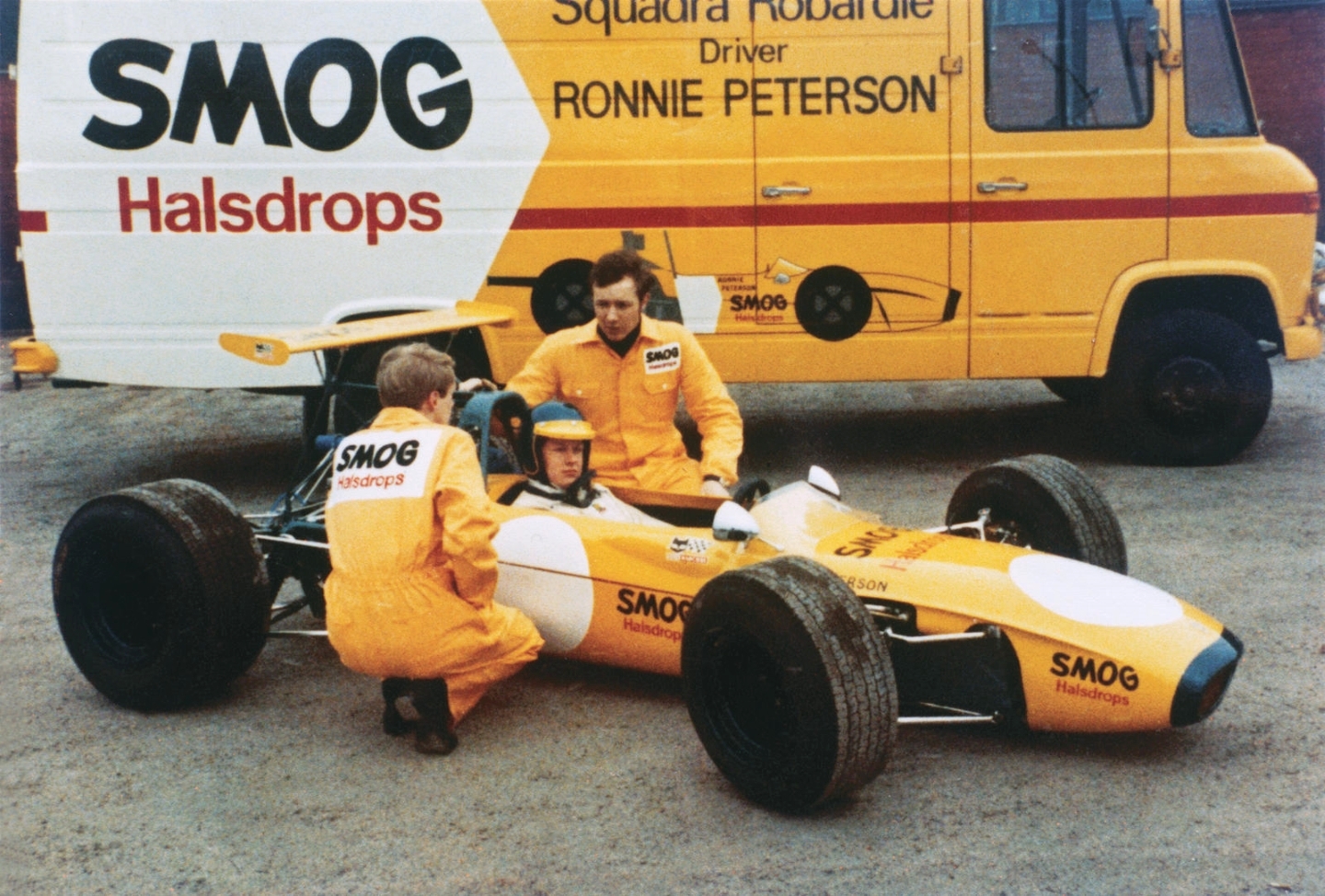
Undeterred, in 1966, they presented their first real car, the Formula 850, with an original construction that was more like a kart than a single seater. The weight distribution, with its centrally-mounted fuel tank and a rather short wheelbase, preceded what was to become the real Tecno which, almost on its debut in 1968, with Jean-Pierre Jassaud behind the wheel, was to win the most important race of the year: the Saturday Formula 3 race supporting the Monaco Grand Prix.
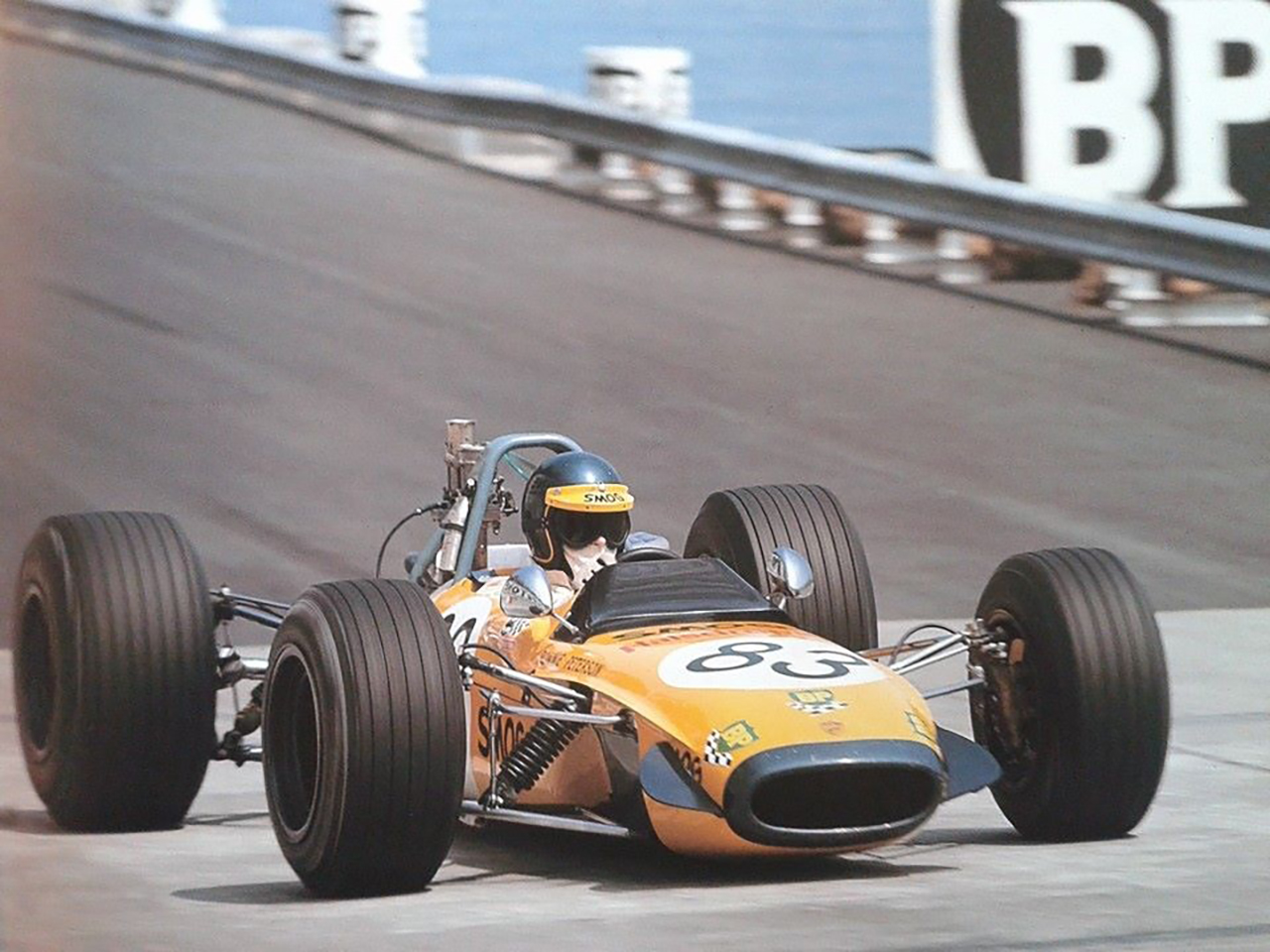
Among the younger drivers, “Tecno fever” soon broke out. Many chose the Bolognese single-seaters instead of the tried and tested English Lotus, Cooper and Brabham alternatives. Names such as Ronnie Peterson, François Cevert, Clay Regazzoni, Patrick Depailler, Nanni Galli, Jean-Pierre Jabouille and Arturo Merzario all raced with Tecnos to great success. These are all drivers who made it Formula 1, but in those years, the door to the Championship needed one more step: Formula 2.
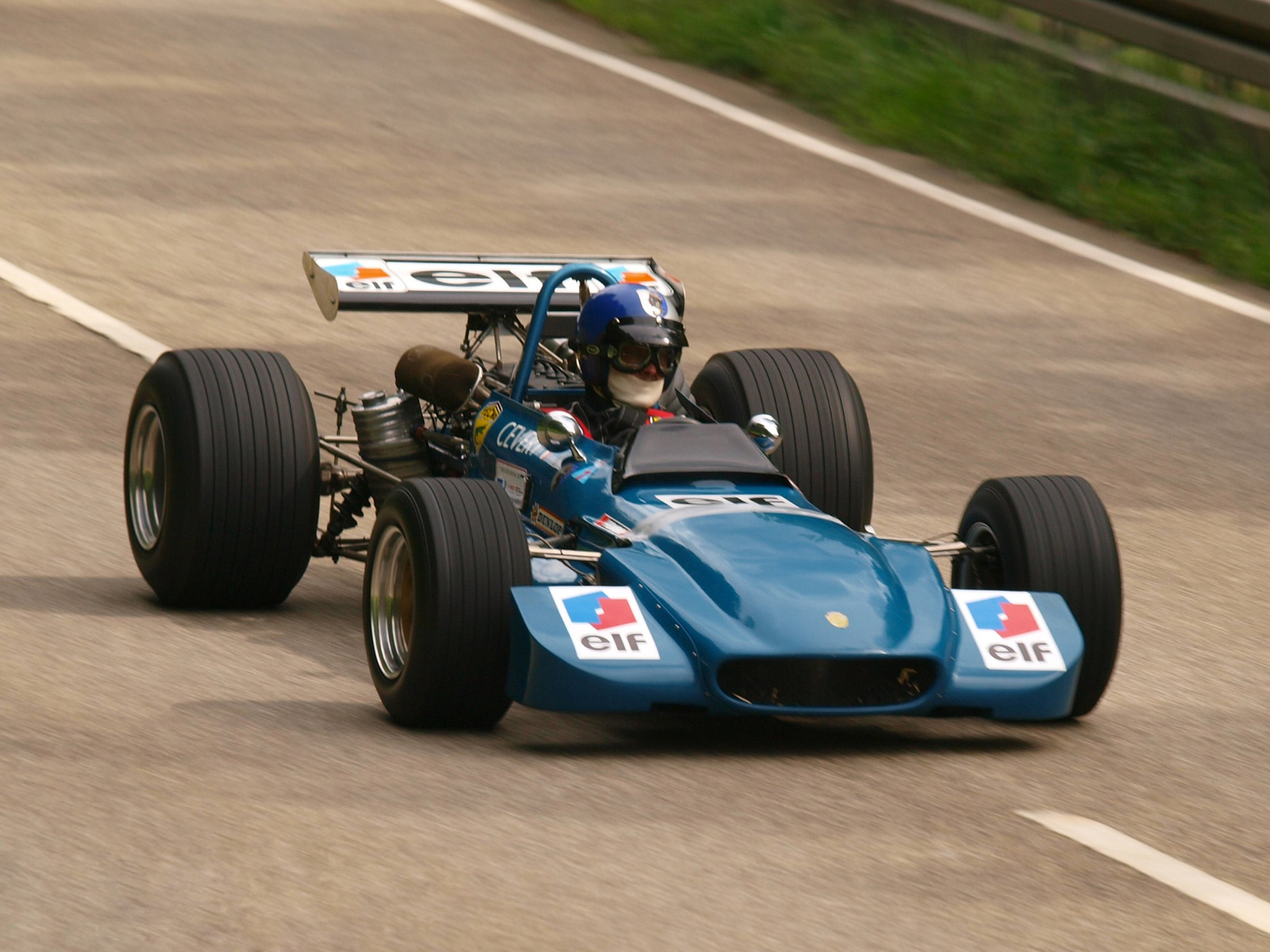
The genius of F2 lay in the fact that in every race of the European Championship, the emerging drivers would compete against four F1 champions, so Graham Hill, Jochen Rindt and Jim Clark were on the starting grid.
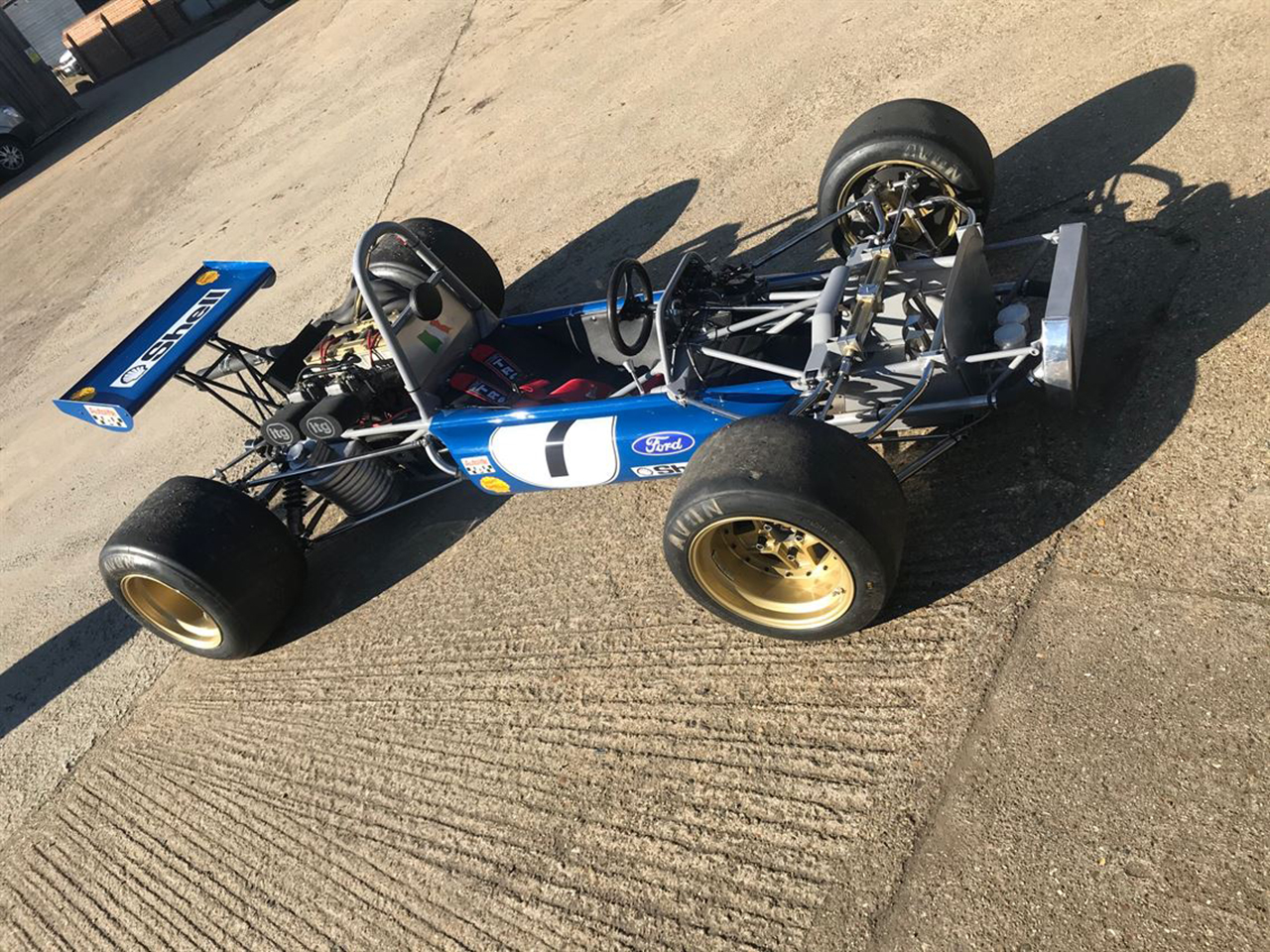
The Pederzani brothers did not hesitate to take another step forward and created their own F2, conceptually based on their experience in F3, which soon proved to be highly competitive. In 1970, the wonderfully exuberant Swiss driver, Clay Regazzoni, won the European Championship with it.
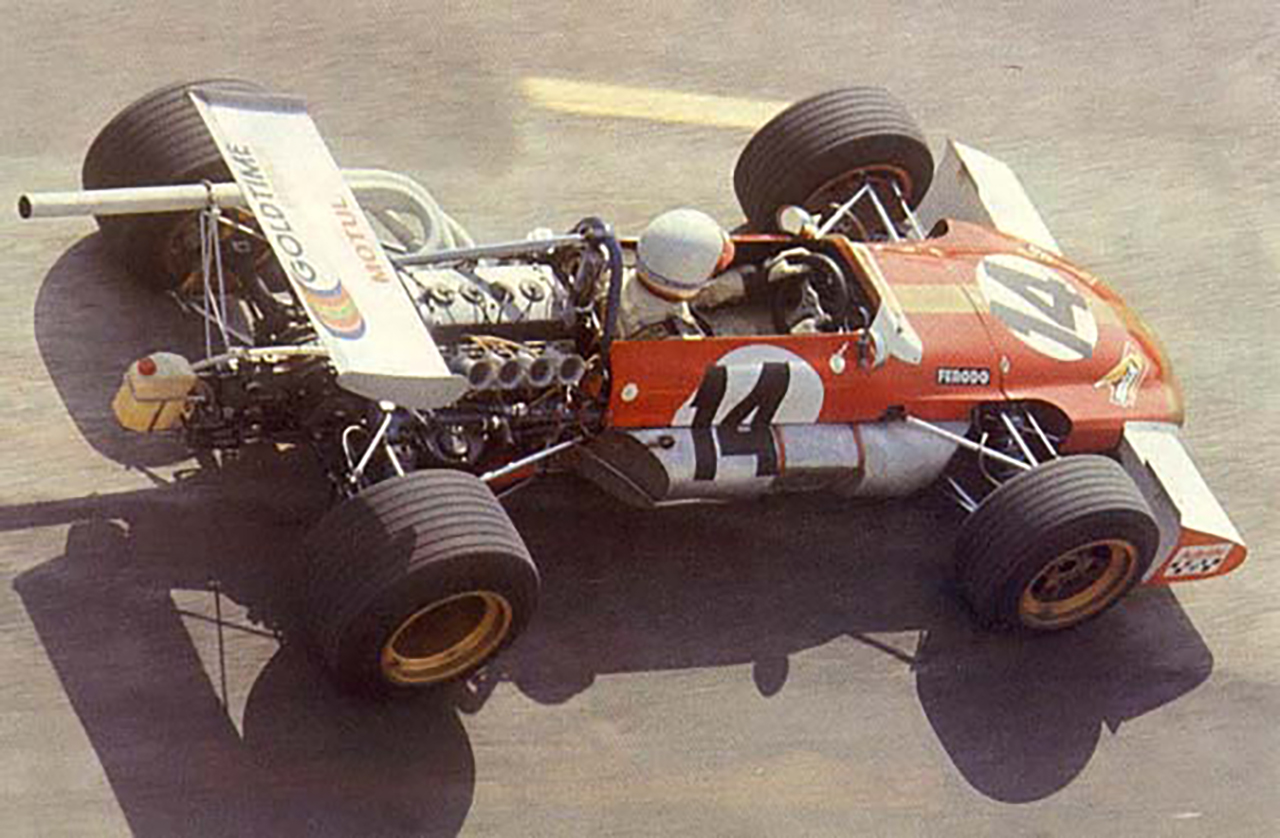
There was just one step missing: Formula 1, but some steps are higher than others and require significant economic means and peerless organization. With the support of Martini, The Pederzani built a beautiful single-seater powered by a flat 12-cylinder engine, with a 180° configuration. The car put in a great performance, managing to score points in the Belgian Grand Prix, but it was not enough.
And so the sun set on Tecno. The most tragic part of this story is that this glorious brand has also faded from memory.
